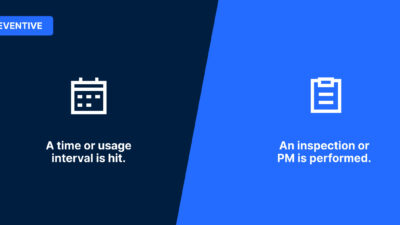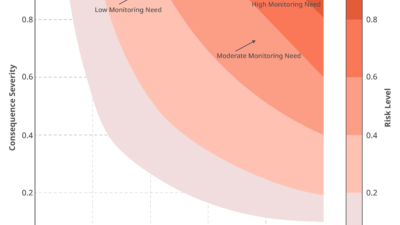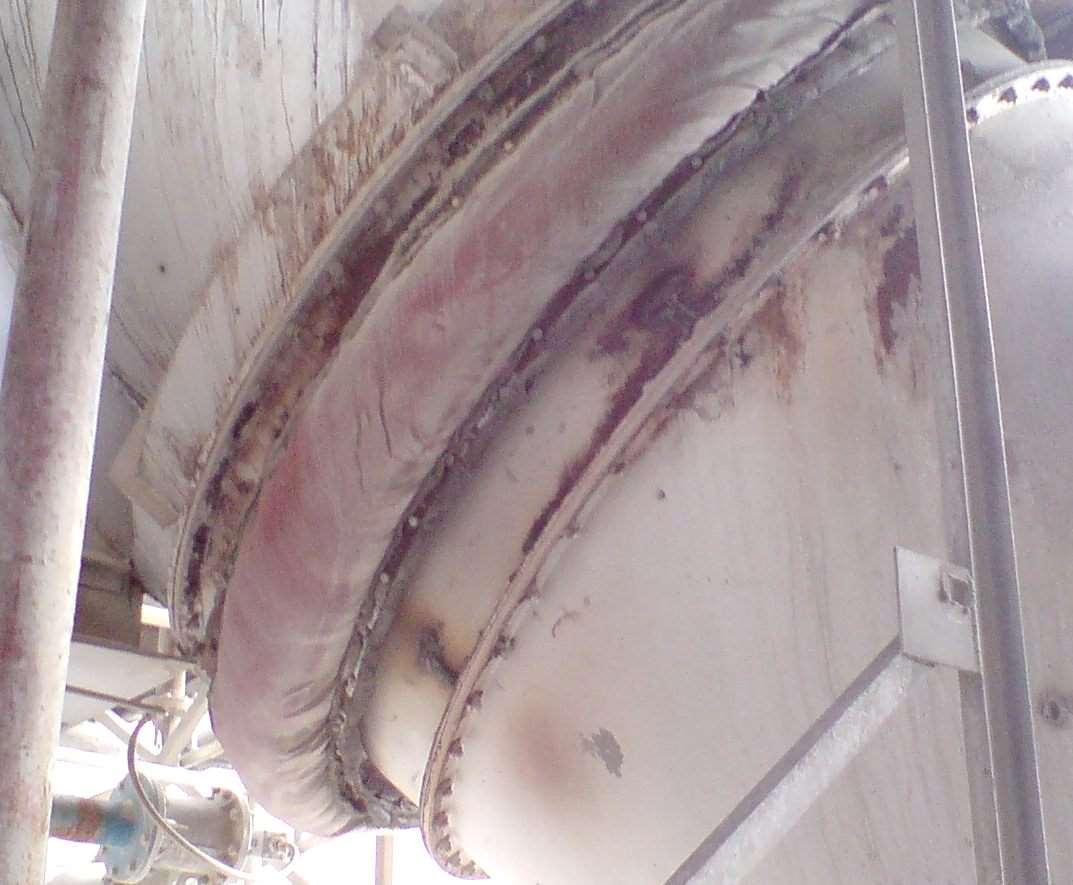Consider five potential blind spots that can hamper a food manufacturer's flexibility to adjusting to new market trends.

Flexibility in food manufacturing has never been more important: new generations of consumers are craving more variety, the internet is reshaping how food is packaged and purchased and a global pandemic just reminded us all of how crucial (and fragile) the supply chain can be.
With some speculating history could (at least somewhat) repeat itself for another post-pandemic “Roaring Twenties,” how can food and beverage companies prepare for sustainable success in the decade ahead?
Looking beyond tomorrow
They say hindsight is 20/20, but in 2021, it’s all about the long view. Your strategic planning today must factor in future flexibility to match the pace of the market as well as the ever-changing needs of the consumer.
What does that mean exactly? Future flexibility is achieved by asking questions that look beyond tomorrow or the immediate market demands. Are you developing a new product, expanding an existing plant or building a new facility? Run through this list to help check any “blind spots” you may not be considering.
1. Floor space and building layout
Before diving into a new project, ask owners a few questions:
- What exactly do you want this project to accomplish?
- What do you ultimately want it to grow into?
- Is this product(s) all you want to produce at this facility?
Flexibility costs money, but it can cost less with proper planning. If you want to manufacture products in 20 different packages in the future, that comes at some cost — but you can only work within the space you have. That’s why communication with your design and equipment partners upfront is key: planning for flexibility is easier (and cheaper) than having change forced upon you.
For example, we specified a convertible freezer for one client project. While it was a greater investment up front, the space was designed to operate efficiently as a freezer or a cooler based on the company’s needs. This allowed more versatility for that cold storage area without having to use up additional floor space in the building’s layout.
It’s impossible to predict your exact future needs — whether that’s creating additional processing lines, adding a new SKU or offering alternative packaging — but you can strategically design your facility to anticipate certain outcomes and maximize the value of your space. We often assist owners in putting these puzzle pieces together.
2. Equipment selection
Building in flexibility for a variety of SKUs comes with mechanical considerations, too, as you have to exist within the limitations of your machinery. Perhaps you want to offer a new type of packaging in the future. A line that produces zipper packaging may also be able to create bulk packaging, but no one piece of equipment can do everything. So how do you strike a balance? By identifying opportunities for equipment synergies depending on your specific production goals.
3. ‘Tis the season (or is it?)
Another important consideration is whether the demand for certain products is steady or seasonal. When an owner says they want to produce 10,000 pounds per hour of a particular product, some of my first questions are about seasonality to establish operational constraints that may leverage peak productivity vs. inventory management.
Is there a time when production needs to be ramped up to meet these seasonal demands? Are we balancing and/or maximizing the assets outside of these seasonal demands? For example, demand for hot dogs may spike during the summer cookout and baseball seasons, or spiral-sliced hams may peak around a few holidays, but this is negated if distribution allows for extended inventory. Anticipating seasonality is not always so obvious.
Plus, if you want to package the product in a variety of different configurations (single-use, family pack, bulk, etc.), the process must be strategically planned out to minimize changeovers. Identify your high-volume and longest-running lines and start there.
For example, if you want to create a flexible product line with multiple package variations, you would not want to encourage packaging changeovers throughout the day, which would generate excessive nonproductive time. Instead, we would work with the client to schedule production run to minimize change orders and maximize labor efficiency. The longer you can run a SKU or package type continuously the more efficient (and profitable) your facility will be.
4. Make smarter bets on new trends
None of us has a crystal ball, but a key to being nimble is to step back and consider what else your facility could do for your business, even if it’s not exactly what you’re doing in this very moment. This approach can help guide more strategic and sustainable decision-making for the long term, especially given that trends come and go and demand for variety continues to grow.
Take one company that jumped on a popular trend of producing a low-cost hot dog for the Russian market in the late 1990s. They invested in equipment for the product, but they did not consider its future viability beyond that narrow market. When the Russian hot dog market waned after two years, the company soon realized the equipment was limited to produce other value-added products for U.S. market demands required to backfill the lost volume. The food manufacturer eventually regrouped and discovered a way to produce a new product on those machines, but such a resolution is not always the case.
When chasing a new market, it’s always critical to ask: “If this is just a trend, what will we do with the equipment when that trend fades?” Considering this flexibility when pursuing new products is crucial to long-term success. It is important to consider the limitations of a certain selected process or customized equipment.
5. Specialty products
Of course, another consideration is how allergens and/or dietary restrictions might play into your future products. Is your facility equipped to make those changes if such specialty products become part of your business strategy?
For example, is there a chance you may produce kosher-certified or halal-certified products? What about gluten-free foods, allergen-free products or plant-based diet considerations? You cannot produce kosher or halal products in a facility that handles pork, nor can you produce gluten-free products on the same lines as your flour-dredged foods. These are just a few examples that the modern day food manufacturing facility faces.
Basically, if you think there’s any chance you may cater to these specialty markets in the future, you should factor that possibility into your processing and design decisions today.
Of course, there is a cost for building in flexibility, so there is always a limit. How much flexibility is enough? How much is overkill? These are difficult questions to answer, but are easier to determine when analyzing existing operations, budget and strategic objectives with an experienced partner.
This article originally appeared on Stellar’s Food For Thought Blog. Stellar is a CFE Media content partner.



